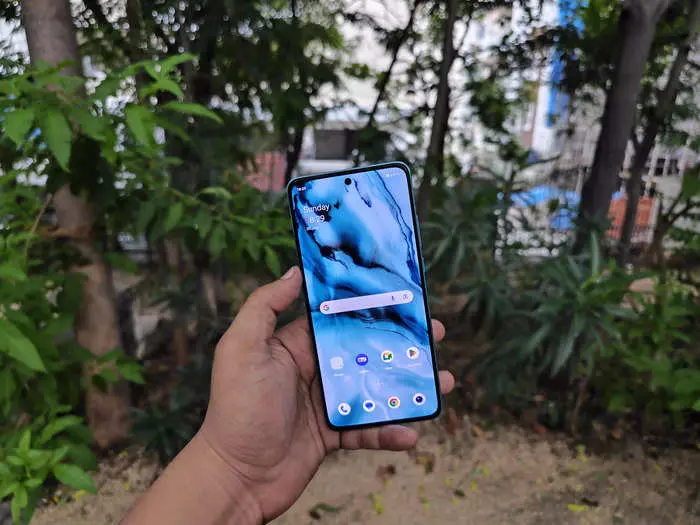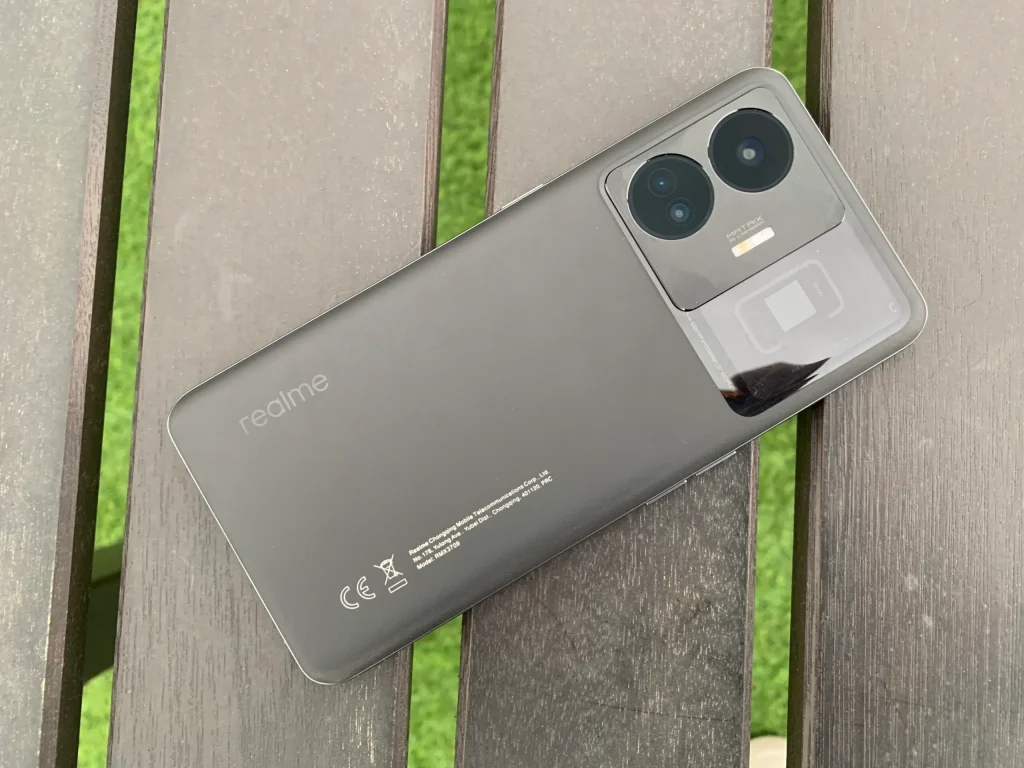In a recent development within the tech sphere, a notable appearance on the Geekbench platform has unveiled the Google Pixel 8a smartphone. This device has garnered attention due to its utilization of an underclocked variant of the Tensor G3 chipset. This article delves into the significance of this discovery, shedding light on the implications and potential rationale behind the employment of an underclocked processor.
The Unveiling on Geekbench
The technology community was roused by the appearance of the Google Pixel 8a on the widely-respected benchmarking platform, Geekbench. This platform is renowned for its role in revealing performance insights and specifications of various electronic devices, particularly smartphones. The inclusion of the Pixel 8a on this platform provides valuable insights into its hardware prowess.
Underclocked Tensor G3 Chipset
A notable facet of the Pixel 8a’s configuration is the presence of an underclocked Tensor G3 chipset. The Tensor G3, a product of Google’s in-house semiconductor endeavor, has gained acclaim for its impressive performance metrics. However, the Pixel 8a’s chipset version appears to be intentionally underclocked. Underclocking involves reducing the clock speed of a processor, resulting in decreased performance capabilities but also leading to potential benefits such as improved power efficiency and heat management.
Potential Rationale
The decision to employ an underclocked Tensor G3 chipset in the Pixel 8a sparks curiosity and prompts speculation regarding the underlying reasons. One plausible explanation is that this strategy allows Google to balance performance and energy efficiency, ultimately prolonging battery life while still maintaining satisfactory processing capabilities for typical daily tasks. Such an approach could align with Google’s commitment to optimizing user experience and device functionality.
Implications for Users
For potential users and enthusiasts alike, the introduction of an underclocked chipset in the Google Pixel 8a prompts considerations. While the device might not exhibit the peak performance prowess associated with the original Tensor G3 chipset, it could present a compelling proposition for those who prioritize extended battery life and conservative thermal management. The real-world impact of this underclocking on day-to-day usage scenarios remains to be seen and will likely be subject to comprehensive testing and user feedback.
Conclusion
In conclusion, the presence of the Google Pixel 8a on the Geekbench platform, featuring an underclocked variant of the Tensor G3 chipset, marks a noteworthy development in the realm of smartphone technology. The intentional underclocking raises pertinent questions regarding the motivations and potential benefits associated with this approach. As users await further details and firsthand experiences with the Pixel 8a, the implications of this decision will undoubtedly be a subject of interest and discussion within the tech community.


